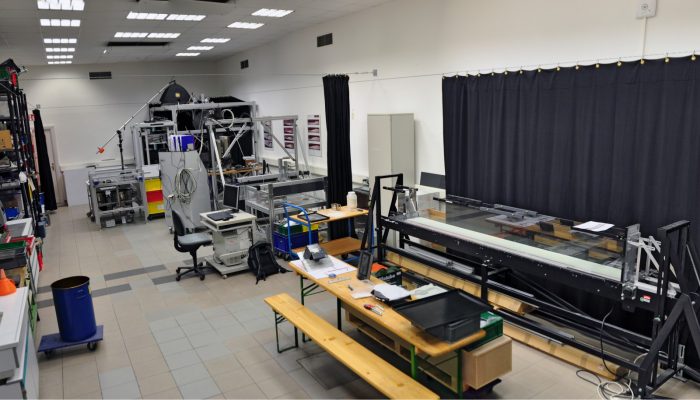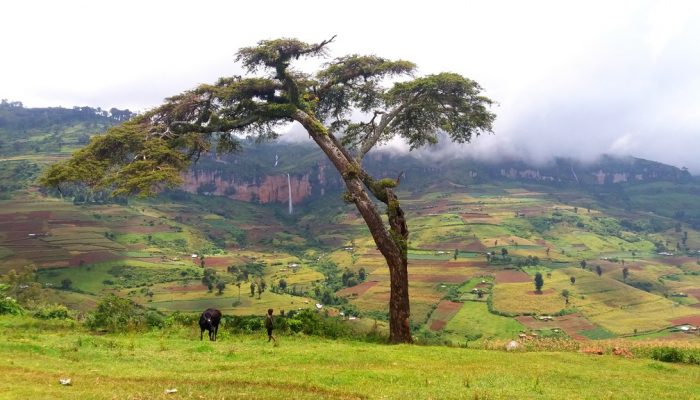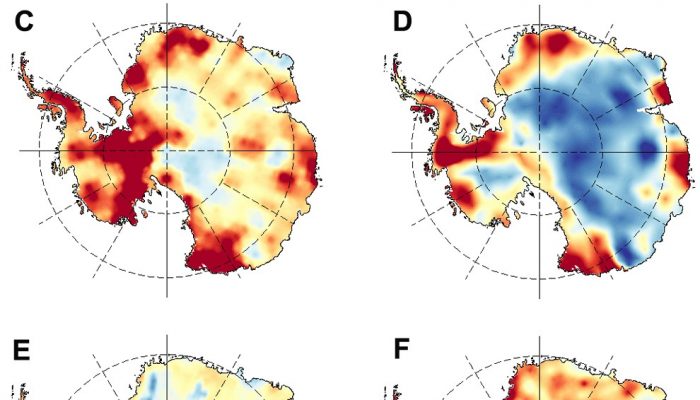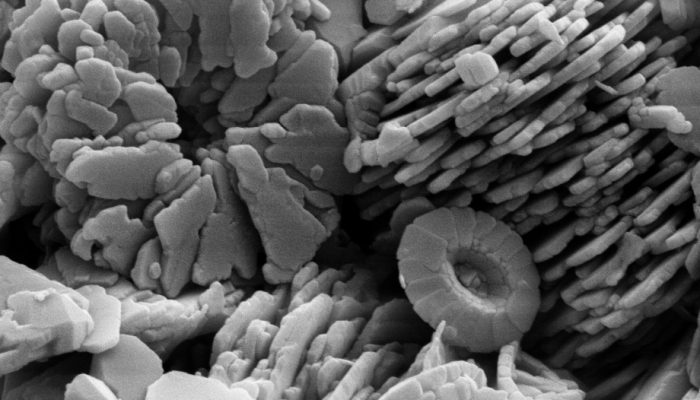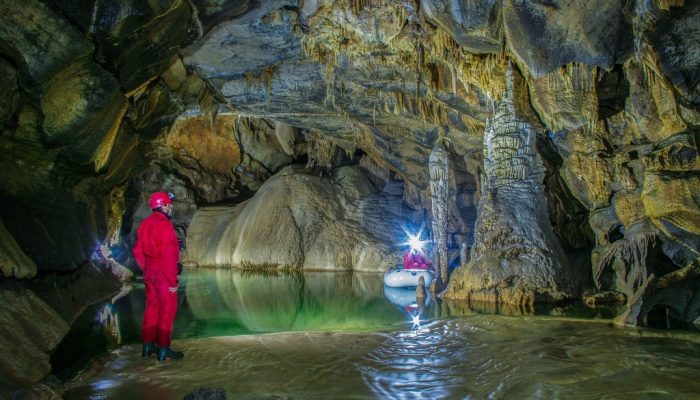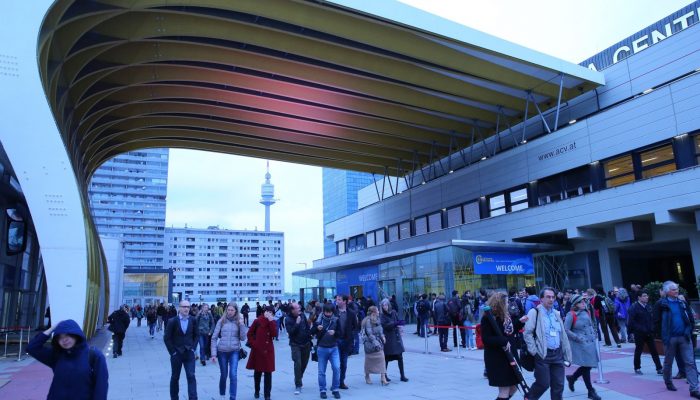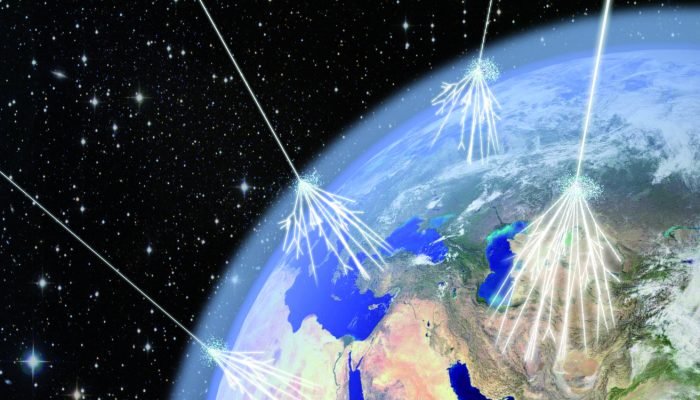For our next Minds over Methods, we go back into the laboratory, this time for modelling seismotectonics! Michael Rudolf, PhD student at GFZ in Potsdam (Germany), tells us about the different types of analogue models they perform, and how these models contribute to a better understanding of earthquakes along plate boundaries. Experimental seismotectonics – Seismic cycles and tectonic ...[Read More]
GeoLog
Imaggeo on Mondays: Mount Elgon, a balance between fertility and destruction
This colourful cropland patchwork is located on the fertile flanks of Mount Elgon, Uganda at an elevation of 2,400 metres above sea level. The extinct shield volcano, the oldest in East Africa, is mostly covered in clouds and provides an infinite flow of wonderful waterfalls. Due to the climate at this elevation, the cultivated crops experience more temperate weather conditions compared to crops m ...[Read More]
Cryospheric Sciences
Image of the Week – Geothermal heat flux in Antarctica: do we really know anything?
Geothermal heat flux is the major unknown when we evaluate the temperature and the presence/absence of water at the bed of the Antarctic Ice Sheet. This information is crucial for the Beyond Epica Oldest Ice project, which aims to find a continuous ice core spanning 1.5 million years (see this previous post). A lot of work has been done* to determine geothermal heat flux under the entire Antarctic ...[Read More]
GeoLog
GeoPolicy: Getting involved with policy at the 2018 General Assembly
The EGU General Assembly is an amazing event, not only because of its size but also due to the number of disciplines represented! This gives scientists, who are diligently focused on their specific research for the majority of the year, the chance to let loose and learn something a bit different. This year’s assembly will host a multitude of science-policy related sessions that aim to help researc ...[Read More]
Geomorphology
A geomorphologist’s winter refuge
– written by Michael Dietze, GFZ Potsdam – Why Swedish, Finnish and German geomorphologists meet in the boreal zone to drill holes into icy rivers and frozen ground. There are many ways to counter the lazy days between Christmas and the EGU meeting. One of the more promising ones is this: think of doing collaborative field work in February, in northern Sweden, on and around a frozen ri ...[Read More]
Stratigraphy, Sedimentology and Palaeontology
Picture of March
Geology for Global Development
Speleology and local development
Many of us seek adventures, new experiences and sights in far flung places, but very often there are beautiful wonders right on our doorstep. In today’s post, Barbara Zambelli Azevedo highlights how the promotion of local geological regions can be a valuable and effective way to encourage development and instil a sense of pride in local communities. Plato said in the Allegory of the Cave th ...[Read More]
GeoLog
Union-wide events at EGU 2018
Wondering what to expect at the General Assembly this year? Here are some of the highlights: Union Symposia (US) For events which will have general appeal, regardless of your field of research, look no further than the Union Symposia. The very first session, organized in collaboration with the European and American space agencies (ESA and NASA) will highlight observation missions focused on Earth ...[Read More]
Geodynamics
Help us fight patriarchy, one comic strip at a time!
Women in science/geodynamics: a topic we have discussed before and should continue to discuss, because we’re not there yet. In this new Wit & Wisdom post, Marie Bocher, postdoc at the Seismology and Wave Physics group of ETH Zürich, discusses a range of all-too-common encounters women face and a possible solution to awareness: comics (drawn by Alice Adenis, PhD student at ENS Lyon). You ...[Read More]
Solar-Terrestrial Sciences
Cosmic rays – messengers from space
Cosmic rays (CRs), are not actually rays, but highly energetic charged particles of extraterrestrial origin. The life cycle of a cosmic ray particle starts with its birth at some point in the Universe, its travel at nearly the speed of light and finally with its death ( e.g. at a detector). These highly energetic particles strike our planet from all directions and thus provide a constant backgroun ...[Read More]

